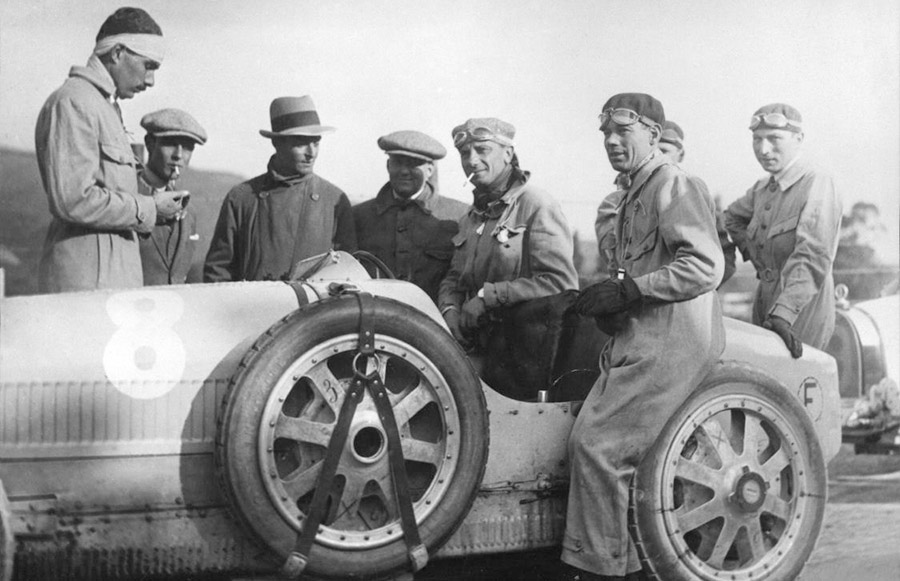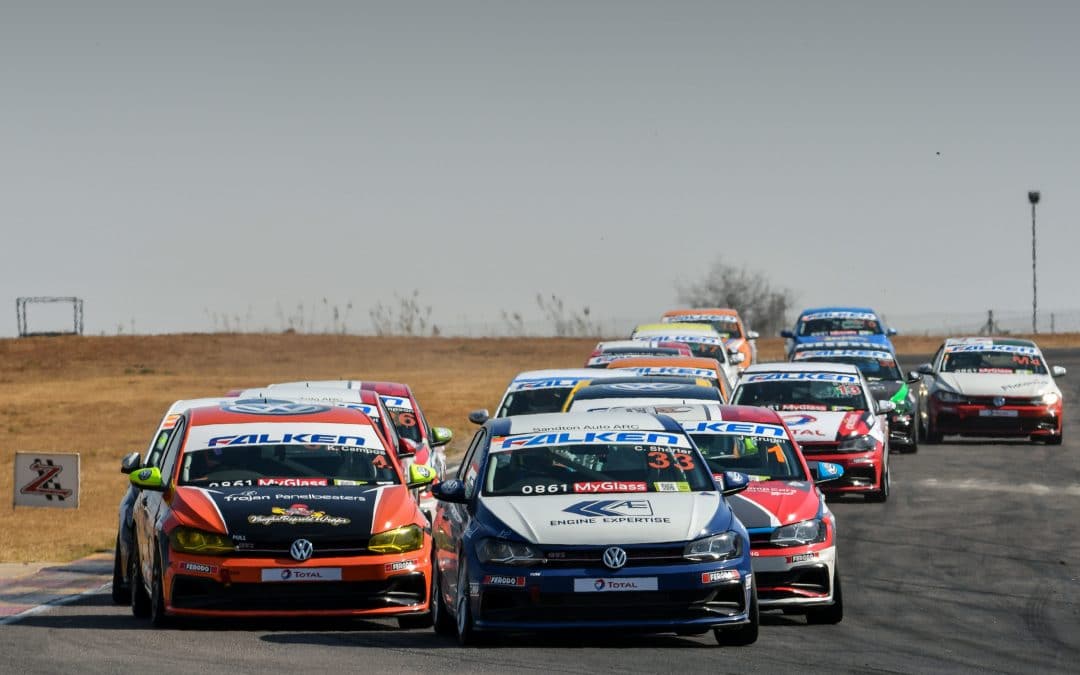When it comes to racing legends, BMW stands out like a shining star in the automotive universe. The brand’s most successful racing years are nothing short of iconic, filled with adrenaline-pumping moments, cutting-edge technology, and pure determination. Whether you're a die-hard motorsport fan or just someone who appreciates the art of engineering, BMW's racing history is a tale worth diving into. So, buckle up because we're about to take you on a wild ride!
It's not just about cars flying around the track. BMW's journey in motorsport is a testament to innovation, passion, and relentless pursuit of excellence. From dominating endurance races to winning hearts in Formula 1, the brand has etched its name in the hall of fame. But what exactly makes these years so special? Let’s break it down and uncover the magic behind BMW's most successful racing years.
This isn't just a story of victories; it's a story of resilience, strategy, and the relentless drive to push boundaries. Stick around, and we’ll take you through the thrilling highs, the unforgettable moments, and the legacy that BMW has built on the racetrack. Ready? Let’s dive in!
Read also:Paul Redford Father The Untold Story Behind The Man Shaping Lives
Table of Contents
- The Early Days: BMW's Entry into Racing
- The 1970s: A Decade of Triumphs
- The Birth of BMW M Division
- The 1980s: Innovation Takes the Lead
- BMW's Impact on Formula 1
- Touring Car Dominance
- The 2000s: Endurance Racing Glory
- Modern Achievements: Continuing the Legacy
- The Future Direction of BMW Racing
- Wrapping It All Up
The Early Days: BMW's Entry into Racing
Back in the day, BMW wasn’t just about building cars for the road. The brand had racing in its DNA right from the get-go. The early years laid the foundation for what would become one of the most celebrated racing legacies in the world. It wasn’t always smooth sailing, but that’s part of what makes the story so fascinating.
From Humble Beginnings to Racing Giants
BMW’s first foray into motorsport was in the 1930s with the BMW 328, a car that quickly became a favorite among racers. This little powerhouse dominated the racing scene, racking up victories and setting records. The 328 was a game-changer, showcasing BMW's engineering prowess and setting the tone for future endeavors.
Fast forward to the 1960s, and BMW was back with a vengeance. The introduction of the BMW 1500 and later the BMW 2002 marked the beginning of a new era. These cars were built for speed and performance, and they delivered in spades. The 1960s saw BMW establish itself as a serious player in the world of motorsport.
The 1970s: A Decade of Triumphs
Now, let’s talk about the 1970s, a decade that will forever be etched in BMW's history books. This was the time when BMW really hit its stride, and the victories came pouring in. It wasn’t just about winning races; it was about winning in style.
BMW Motorsport GmbH Takes the Helm
In 1972, BMW Motorsport GmbH was established, marking a significant milestone in the brand's racing journey. This division was dedicated solely to motorsport, and it was here that some of BMW's most legendary cars were born. The BMW 3.0 CSL, affectionately known as the "Batmobile," became a dominant force in touring car racing.
The 1970s also saw BMW make waves in Formula 2, with drivers like Nelson Piquet and Gerhard Berger making a name for themselves. It was a decade of experimentation, innovation, and pure racing passion.
Read also:William Saputra The Inspiring Journey Of A Selfmade Billionaire
The Birth of BMW M Division
Speaking of innovation, let’s talk about the birth of the BMW M Division in 1972. This was a game-changer for BMW's racing efforts. The M Division was created to focus on high-performance vehicles, and it didn’t disappoint. From the get-go, the division produced cars that were built for speed, handling, and sheer excitement.
The First M Car: The BMW M1
The BMW M1, introduced in 1978, was the first car to wear the M badge. It was a mid-engine sports car that turned heads wherever it went. The M1 wasn’t just about looks; it was about performance, with a powerful engine and advanced aerodynamics. This car set the benchmark for all future M cars and cemented BMW’s reputation as a performance powerhouse.
The 1980s: Innovation Takes the Lead
The 1980s were all about pushing boundaries and taking risks. BMW continued to innovate, introducing new technologies and pushing the limits of what was possible on the track. This was a decade of firsts, and BMW was at the forefront of it all.
The Turbo Era: BMW M1 Procar Championship
One of the highlights of the 1980s was the BMW M1 Procar Championship, a one-make racing series that featured some of the biggest names in motorsport. Drivers like Ayrton Senna and Alain Prost competed in this series, showcasing their skills behind the wheel of the powerful BMW M1. It was a spectacle that captured the imagination of racing fans worldwide.
Another standout moment was the introduction of turbocharged engines in touring car racing. BMW’s turbocharged 635CSi dominated the European Touring Car Championship, proving that innovation and engineering excellence could lead to victory.
BMW's Impact on Formula 1
Let’s talk about BMW’s impact on Formula 1. The brand’s involvement in F1 was a bold move that paid off in a big way. BMW wasn’t just another player in the game; they were a force to be reckoned with. Their engines powered some of the fastest cars on the grid, and their drivers were among the best in the business.
The Turbo Era: Nelson Piquet's Triumph
In the mid-1980s, BMW supplied engines to the Brabham team, and the partnership yielded incredible results. Nelson Piquet won the 1983 Formula 1 World Championship, powered by a BMW turbocharged engine. This victory was a testament to BMW’s engineering prowess and their ability to compete at the highest level.
BMW’s involvement in F1 continued into the 2000s, with the brand supplying engines to teams like Williams and Sauber. While their time in F1 was relatively short-lived, their impact was undeniable.
Touring Car Dominance
When it comes to touring car racing, BMW is in a league of its own. The brand’s dominance in this category is unparalleled, and it’s no wonder why. BMW’s touring cars are built for speed, handling, and endurance, and they’ve proven their worth time and time again.
The E30 M3: A Touring Car Legend
The E30 M3, introduced in 1986, is one of the most iconic touring cars of all time. This car was built specifically for racing, and it quickly became a dominant force in the European Touring Car Championship. Its success on the track was matched by its popularity among car enthusiasts, making it a true legend in the automotive world.
BMW’s touring car dominance continued into the 1990s and beyond, with cars like the E36 M3 and the E46 M3 taking the racing world by storm. These cars were built for performance, and they delivered on every level.
The 2000s: Endurance Racing Glory
The 2000s saw BMW shift its focus to endurance racing, and the results were nothing short of spectacular. This was a decade of endurance racing glory, with BMW achieving some of its most memorable victories.
The BMW V12 LMR: Le Mans Success
In 1999, BMW achieved one of its greatest racing victories with the BMW V12 LMR. This car won the 24 Hours of Le Mans, a race that is considered one of the toughest endurance challenges in motorsport. The victory was a testament to BMW’s engineering excellence and their ability to build cars that could withstand the rigors of long-distance racing.
The 2000s also saw BMW achieve success in the American Le Mans Series, further cementing their reputation as a dominant force in endurance racing.
Modern Achievements: Continuing the Legacy
In the modern era, BMW continues to push boundaries and achieve greatness on the racetrack. The brand’s commitment to innovation and excellence has kept them at the forefront of motorsport, and their achievements are a testament to this dedication.
The BMW M8 GTE: A Modern Masterpiece
The BMW M8 GTE, introduced in 2018, is a modern masterpiece that has achieved great success in the World Endurance Championship. This car is a shining example of BMW’s ability to blend cutting-edge technology with racing heritage, and it continues to perform at the highest level.
BMW’s involvement in electric racing, through the BMW iFE.18, shows their commitment to the future of motorsport. As the world moves towards sustainable energy solutions, BMW is at the forefront of this movement, proving that they can excel in any environment.
The Future Direction of BMW Racing
Looking ahead, BMW has big plans for the future of racing. The brand is committed to pushing boundaries and exploring new frontiers in motorsport. Whether it’s through electric racing or traditional combustion engines, BMW is ready to take on the challenges of tomorrow.
Innovation and Sustainability: The Way Forward
Innovation and sustainability are key to BMW’s future in racing. The brand is investing heavily in electric and hybrid technologies, ensuring that they remain competitive in an ever-changing motorsport landscape. BMW’s commitment to the environment is evident in their racing programs, and they are leading the charge towards a more sustainable future.
Wrapping It All Up
BMW's most successful racing years are a testament to the brand’s dedication to excellence, innovation, and passion. From the early days of the BMW 328 to the modern achievements of the BMW M8 GTE, BMW has consistently pushed the boundaries of what’s possible on the racetrack.
As we look to the future, it’s clear that BMW will continue to play a major role in the world of motorsport. Their commitment to innovation and sustainability ensures that they will remain at the forefront of the industry for years to come.
So, what do you think? Are you ready to witness the next chapter in BMW’s racing legacy? Leave a comment below, share this article with your fellow motorsport enthusiasts, and stay tuned for more thrilling updates from the world of BMW racing!


